 W
WCort Sivertsen Adeler, known in Denmark as Coort Sifvertsen Adelaer, in The Netherlands as Koert Sievertsen Adelaer and in Italy as Curzio Suffrido Adelborst, was the name of honour given to Kurt Sivertsen, a Norwegian seaman, who rendered distinguished service to the Danish and Dutch navies, and also to the Republic of Venice against the Turks.
 W
WAnne of Denmark was Queen of Scotland, England, and Ireland by marriage to King James VI and I.
 W
WAnders Christensen Arrebo was a Danish poet and Lutheran bishop. He was appointed bishop to the Diocese of Trondhjem in 1618, but had to leave office in 1622. His main contribution to literature is the poem Hexaëmeron.
 W
WHenrik Bjelke was a Norwegian-Danish military officer who served as Admiral of the Realm from 1662 to 1679. He was in command of the Royal Dano-Norwegian Navy from 1657 to 1679.
 W
WJens Ågessøn Bjelke was a Norwegian nobleman, who was Chancellor of Norway from 1614 to 1648, when he was succeeded by Hannibal Sehested. He was the son of Åge Bjelke and Margrethe Thott. At the time of his death, he was Norway's largest land owner. After his tenure as Chancellor, the office largely lost its influence and was abolished in 1679.
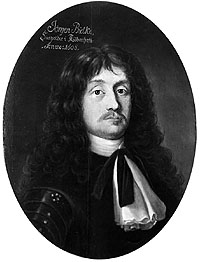 W
WJørgen Bjelke was a Norwegian officer and nobleman. He was born at Elingaard Manor on Onsøy near Fredrikstad, in Østfold County, Norway and died in Kalundborg, Denmark.
 W
WOve Bjelke was a Norwegian nobleman, feudal lord and statesman. He served as Chancellor of Norway (1660–1674).
 W
WAnne Clausdatter, also known as Anne Arnold and Anna Clausdatter was a Norwegian businesswoman and owner of Borgestad Manor in Skien, one of the largest estates of Bratsberg. Today, she is remembered i.a. as the title character of the poem Stolt Anne by Hans Paus, who was married to her first cousin. The poem portrays her as a generous person who was well liked by the population of Telemark. The poem is also notable for being the first written in dialect in Norway, and 12 verses were included in Norske Folkeviser (1853) by Magnus Brostrup Landstad.
 W
WPetter Pettersen Dass was a Lutheran priest and the foremost Norwegian poet of his generation, writing both baroque hymns and topographical poetry.
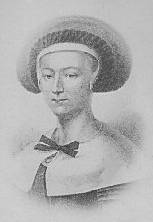 W
WDorothe Engelbretsdatter was a Norwegian author. She principally wrote hymns and poems which were strongly religious. She has been characterized as Norway's first recognized female author as well as Norway's first feminist before feminism became a recognized concept.
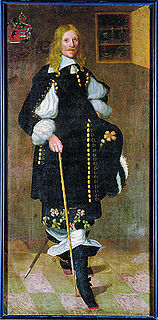 W
WLauritz Galtung was a Norwegian nobleman and Admiral of the Dano-Norwegian joint fleet. He was ennobled in 1648 at which time his surname was changed from Galte to Galtung.
 W
WPrince George of Denmark and Norway, Duke of Cumberland, was the husband of Queen Anne, who reigned over Great Britain from 1702 to 1714.
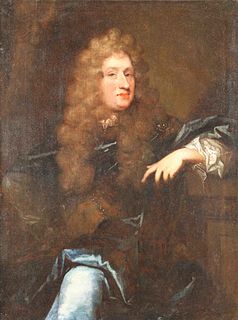 W
WUlrik Frederik Gyldenløve, Count of Laurvig was Governor-general of Norway from 1664–1699. He was the leading general in Norway during the Scanian War, whose Norwegian leg is conventionally named the Gyldenløve War after him.
 W
WLudvig Holberg, Baron of Holberg was a writer, essayist, philosopher, historian and playwright born in Bergen, Norway, during the time of the Dano-Norwegian dual monarchy. He was influenced by Humanism, the Enlightenment and the Baroque. Holberg is considered the founder of modern Danish and Norwegian literature. He is best known for the comedies he wrote in 1722–1723 for the Lille Grønnegade Theatre in Copenhagen. Holberg's works about natural and common law were widely read by many Danish law students over two hundred years, from 1736 to 1936.
 W
WMargareta Huitfeldt was a Norwegian-Swedish noblewoman, estate owner and philanthropist. She was the prime benefactor of Hvitfeldtska gymnasiet in Gothenburg, Sweden.
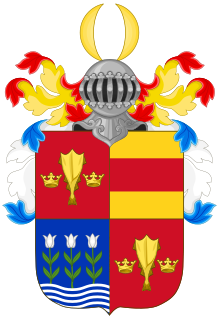 W
WJoachim Irgens von Westervick, born as Jochum Jürgens, was a Dano-Norwegian nobleman, a Danish official and an estate owner in Denmark, Norway, and the Netherlands. The Danish variant of his name by birth was Joachim Irgens.
 W
WKaren Mowat was a Norwegian noblewoman, heiress, and landowner of Scottish origins.
 W
WPrillar-Guri or Prillarguri is a semi legendary figure who according to oral tradition was a woman from Sel, Norway who played a key role in the Battle of Kringen in August 1612.
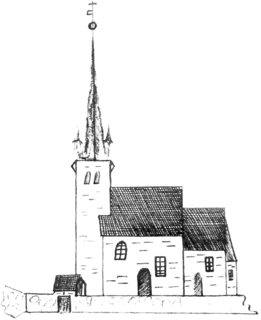 W
WJonas Danilssønn Ramus was a Norwegian priest, author and historian. He is principally known as an author of religious and historical writings.
 W
WJens Toller Rosenheim, was a Norwegian nobleman, jurist and official.
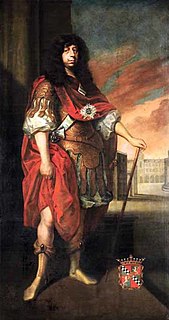 W
WLudvig Rosenkrantz was a Danish-born noble, military officer, civil servant, and land owner who settled in Norway. He was a member of the noble Rosenkrantz family and the first Baron of Norway.
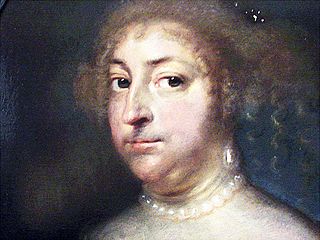 W
WChristiane Christiansdatter Sehested was the daughter of king Christian IV of Denmark and his morganatic spouse, Kirsten Munk. She shared the title Countess of Schleswig-Holstein with her mother and siblings. She was the twin of her sister Hedevig Ulfeldt.
 W
WHannibal Sehested was a Dano-Norwegian statesman and son-in-law of King Christian IV. He served as Governor-general of Norway from 1642 to 1651 and Chancellor of Norway from 1648 to 1660. He fought in the Torstenson War against Sweden and implemented many reforms in Norway. After a fall from grace leading to his resignation as Governor-general in 1651, he regained the trust of Frederick III in 1660 and negotiated the Treaty of Copenhagen. He worked as lord treasurer and councillor of state until his death in 1666.
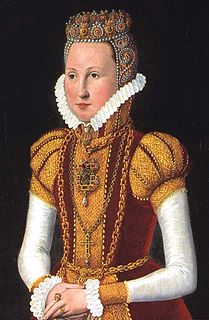 W
WSophie of Mecklenburg-Güstrow was Queen of Denmark and Norway by marriage to Frederick II of Denmark. She was the mother of King Christian IV of Denmark. She was Regent of Schleswig-Holstein 1590–1594.
 W
WDitlev Vibe was a Danish government official and Governor-general of Norway from 1722 until his death.
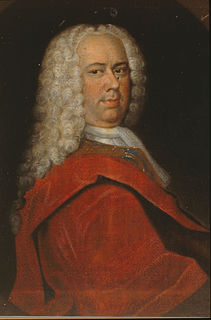 W
WJohan Vibe was a Danish military officer and engineer, who was appointed Governor-General of Norway from 10 April 1708 until his death.